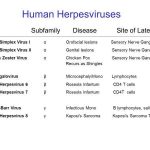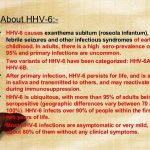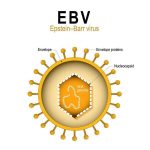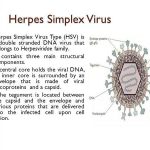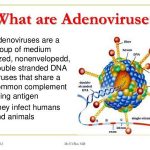
The epidemiology of rubella, commonly referred to as German measles or 3-day measles, has changed dramatically in the past 30 years, owing exclusively to the widespread use of the rubella live attenuated virus vaccine. Before the use of this vaccination (1969), the virus had an epidemic cycle of 6-9 years.



